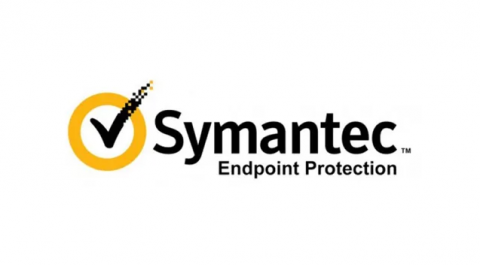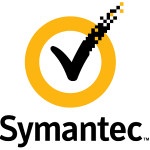


Method 1: Uninstall Symantec Endpoint Protection via Programs and Features. Method 7: Uninstall Symantec Endpoint Protection with Third-party Uninstaller. Method 6: Use the Uninstall Command Displayed in the Registry. Method 5: Reinstall Symantec Endpoint Protection to uninstall. Method 4: Uninstall Symantec Endpoint Protection with Antivirus. Method 3: Uninstall Symantec Endpoint Protection via System Restore. Method 2: Uninstall Symantec Endpoint Protection with its uninstaller.exe. Recommended Method: Quick Way to Uninstall Symantec Endpoint Protection Method 1: Uninstall Symantec Endpoint Protection via Programs and Features. How to Uninstall Symantec Endpoint Protection Completley? So, it's really important to completely uninstall Symantec Endpoint Protection and remove all of its files.

An incomplete uninstallation of Symantec Endpoint Protection may also cause many problems. Symantec Endpoint Protection cannot be uninstalled due to many other problems. * Files and folders of Symantec Endpoint Protection can be found in the hard disk after the uninstallation. * Another process that is using the file stops Symantec Endpoint Protection being uninstalled. Not all of the files were successfully uninstalled. * A file required for this uninstallation to complete could not be run. * You do not have sufficient access to uninstall Symantec Endpoint Protection. * Symantec Endpoint Protection is not listed in Programs and Features. Possible problems when you uninstall Symantec Endpoint Protection

In the future we'll be moving from SEE to Bitlocker, but for the time being, I need to bypass the SEE as the machines are not receiving updates.Are you in need of uninstalling Symantec Endpoint Protection to fix some problems? Are you looking for an effective solution to completely uninstall it and thoroughly delete all of its files out of your PC? No worry! This page provides detailed instructions on how to completely uninstall Symantec Endpoint Protection. I know that I need to generate an autologin msi in order for multiple reboots to be performed automatically as many times the OS upgrade it needs, but other than that, I'm reluctant to incorporate the SEE scripts (and not sure how): I've checked tons of KBs from Symantec's website, but I can't seem to be able to incorporate the steps into an SCCM task sequence. I'm trying to gather all the necessary information in order to be able to create an in-place OS upgrade from Windows 10 earlier version (from 16xx) to Wind(which is compatible to the Symantec Endpoint Encryption 11.2.1 i have installed).


 0 kommentar(er)
0 kommentar(er)
